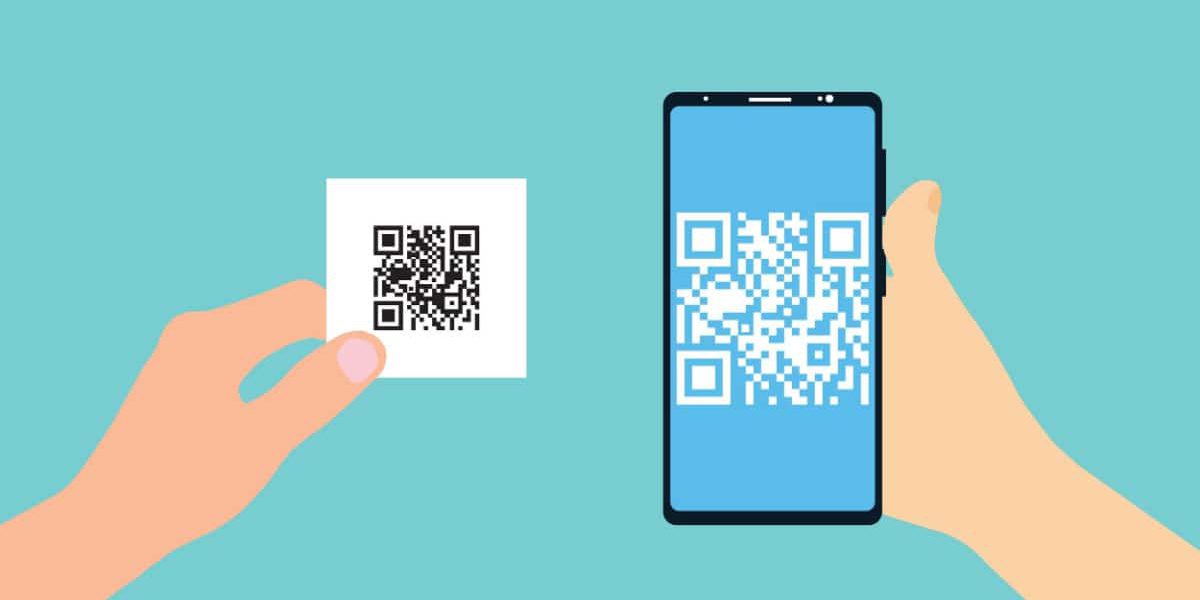As museums embrace the digital age, Quick Response (QR) codes have emerged as powerful tools for enhancing visitor engagement and providing a more immersive and educational experience. By seamlessly integrating technology with the world of art and culture, museums can leverage QR codes to offer in-depth information, interactive exhibits, and a personalized journey through their collections. This article explores how QR codes are transforming the museum experience, fostering a deeper connection between visitors and the rich tapestry of history, art, and knowledge.
- Instant Access to Information:
QR codes in museums serve as gateways to a wealth of information about exhibits, artifacts, and artworks. Visitors can simply scan a QR code placed near an exhibit, and instantly access detailed descriptions, historical context, and multimedia content related to the displayed items. This provides a richer understanding of the museum’s collection and encourages a deeper engagement with the exhibits.
- Audio Guides and Virtual Tours:
QR codes act as conduits to audio guides and virtual tours, offering visitors a personalized and immersive experience. By scanning QR codes on their smartphones, museum-goers can listen to narrated explanations, anecdotes, and background stories related to specific artworks or exhibits. Virtual tours, accessible through QR codes, enable visitors to explore the museum at their own pace, gaining insights into the curated narratives.
- Multilingual Experiences:
For museums with international audiences, QR codes offer a solution to language barriers. Visitors can select their preferred language through QR codes, ensuring that the information provided aligns with their linguistic preferences. This inclusivity enhances the overall experience for diverse audiences, making museums more accessible and accommodating to visitors from around the world.
- Interactive Exhibits and AR Integration:
QR codes open the door to interactive exhibits and augmented reality (AR) experiences within museums. By scanning QR codes, visitors can unlock interactive elements, such as quizzes, games, or additional content that complements the physical exhibits. Museums can also integrate AR features, allowing visitors to superimpose digital information or animations onto real-world artifacts through their smartphones.
- Curator Insights and Behind-the-Scenes:
QR codes provide a platform for curators to share their insights and behind-the-scenes perspectives. Visitors can scan QR codes to access interviews, videos, or written commentary from curators, offering a unique glimpse into the curation process, the significance of specific artifacts, and the stories that may not be immediately evident from the exhibits alone.
- Visitor Engagement and Social Sharing:
QR codes encourage visitor engagement beyond the museum walls. Visitors can scan QR codes to share their favorite exhibits, artworks, or experiences on social media platforms. This not only facilitates user-generated content but also extends the museum’s reach by leveraging the power of social sharing, fostering a community around the museum’s collection.
- Digital Catalogs and Exhibition Archives:
QR codes serve as bridges to digital catalogs and archives, allowing visitors to explore a museum’s entire collection beyond what is currently on display. By scanning QR codes associated with specific exhibits, visitors can delve into comprehensive catalogs, explore past exhibitions, and gain a broader understanding of the museum’s vast holdings.
Conclusion:
QR codes have become invaluable tools for museums seeking to enhance visitor engagement and provide a more dynamic, interactive, and educational experience. By seamlessly integrating technology into the museum-going journey, QR codes bridge the gap between the physical and digital worlds, enriching the way visitors connect with art, history, and culture. As museums continue to embrace innovative approaches, QR codes will likely remain at the forefront of transforming the museum experience for generations to come.

